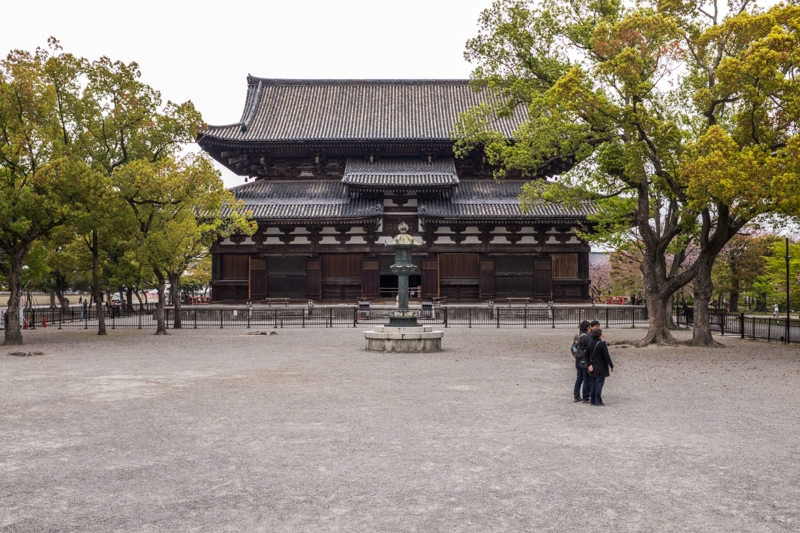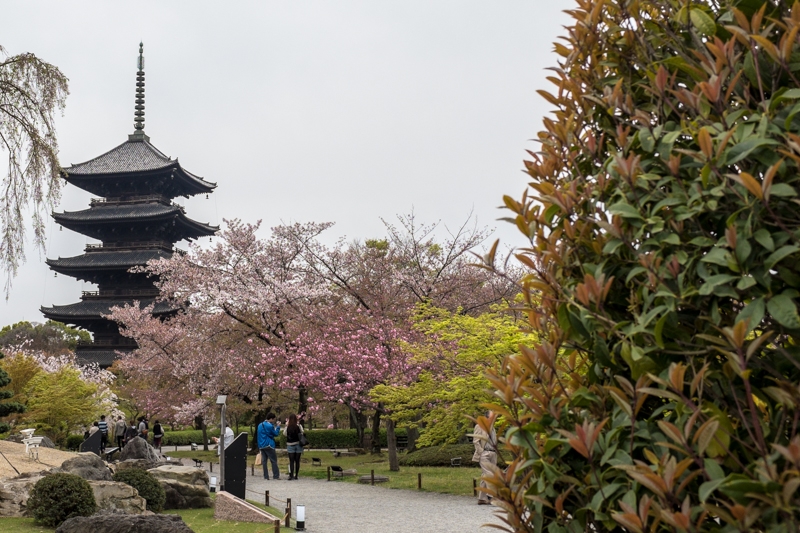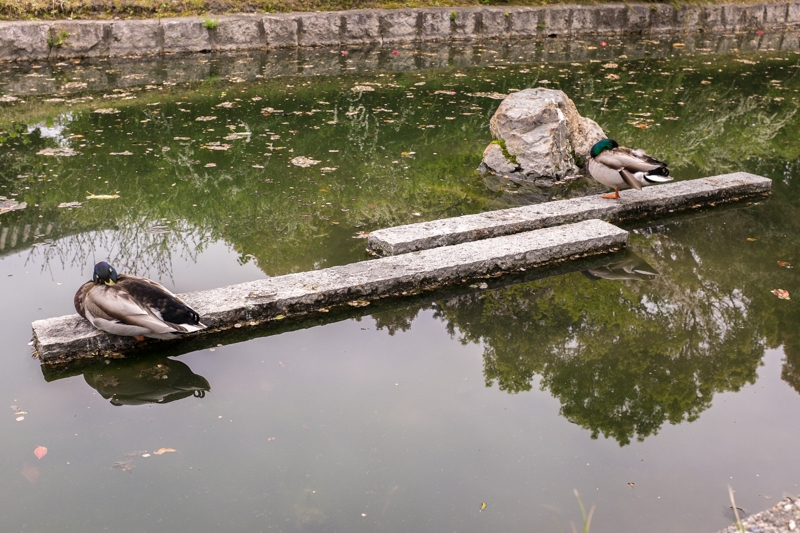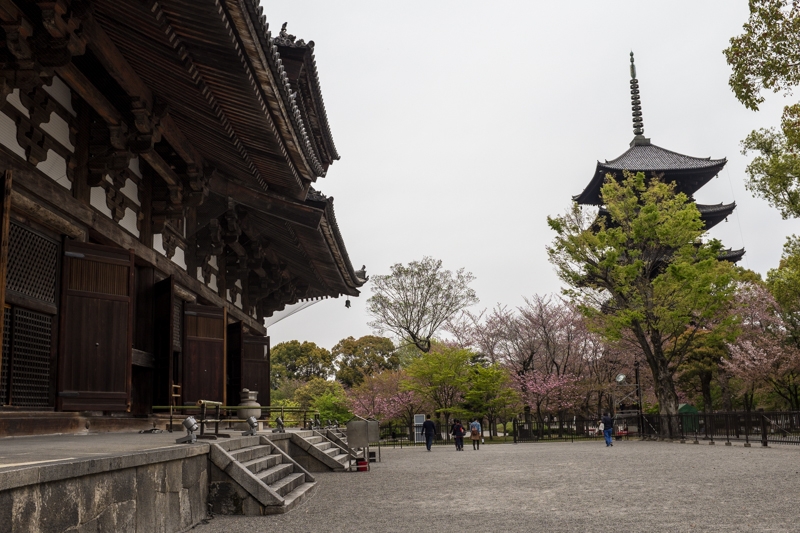To say that there are a lot of historical sites in Kyoto is an understatement to say the least. The former Japanese capital is home to 17 UNESCO World Heritage Sites, including several castles, over 1,600 Buddhist temples and over 400 Shinto shrines. Normally I don’t spend much time on the tourist trail when I’m travelling but it’s impossible not to be wowed by the history that’s present at every turn.
Below are a few of the historical sties in Kyoto that really impressed me.
Kyoto Gosho
Kyoto Gosho (Kyoto Imperial Palace) is the former ruling palace of the Emperor of Japan. The palace consists of several structures including residences, gates and rooms that were used for a variety of official purposes. Destroyed for fire eight times over the course of its existance, the current palace dates back to 1855, with several of the structures built to resemble Heian period architecture (the Heian Palace was the original Imperial Palace of Kyoto and was used as such from 794 until it was destroyed without being rebuilt in 1227).
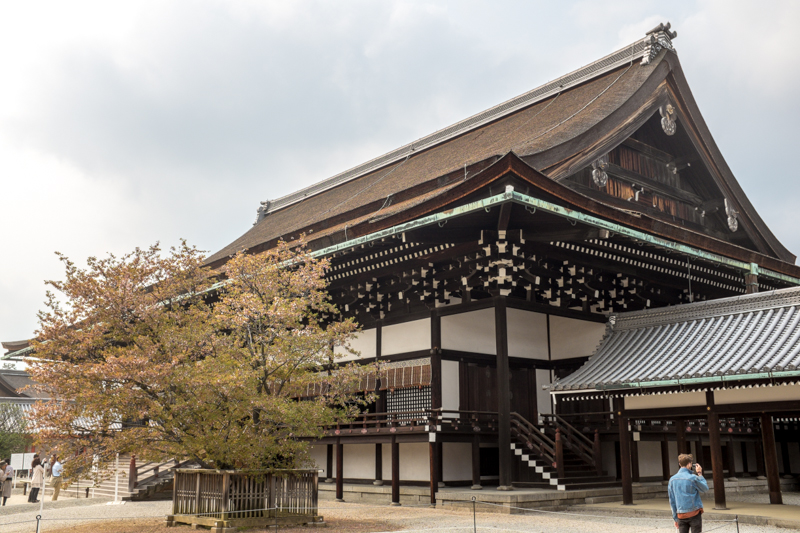
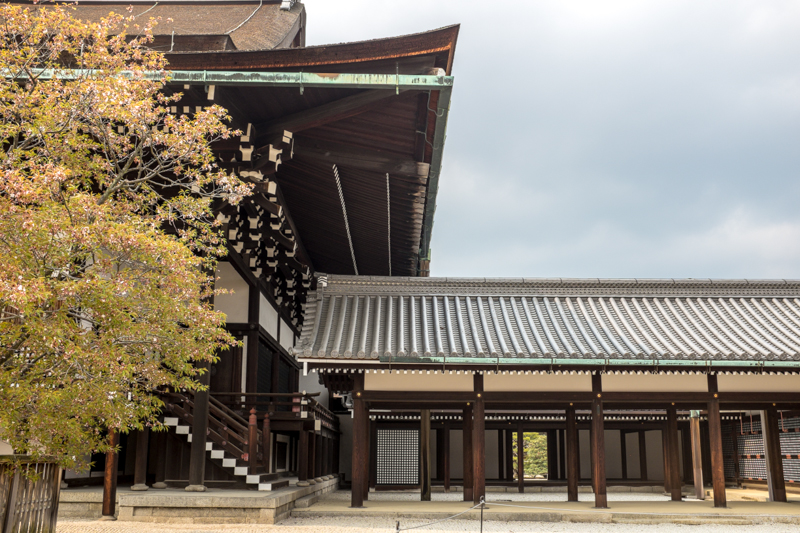
As is to be expected, the place is swarming with tourists. Appreciate the Kyoto Gosho as best you can and ponder the irony that you yourself are one of the tourists who is contributing towards making the experience less peaceful than it ideally should be.
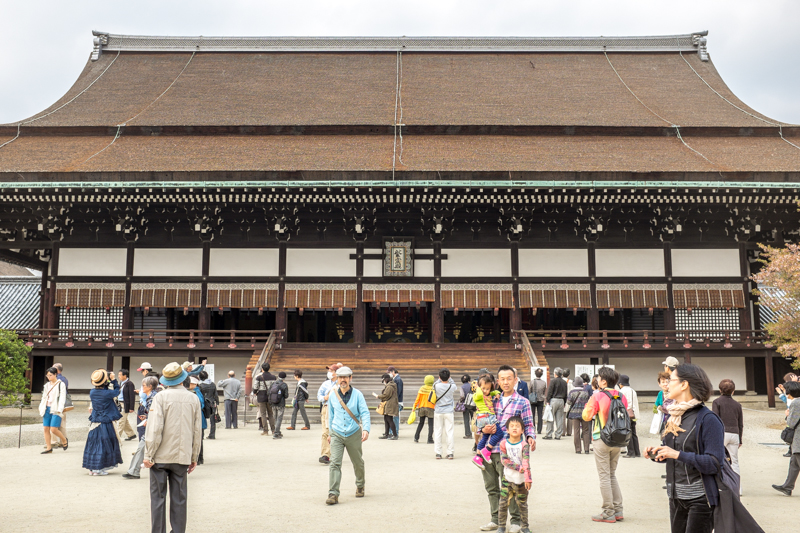
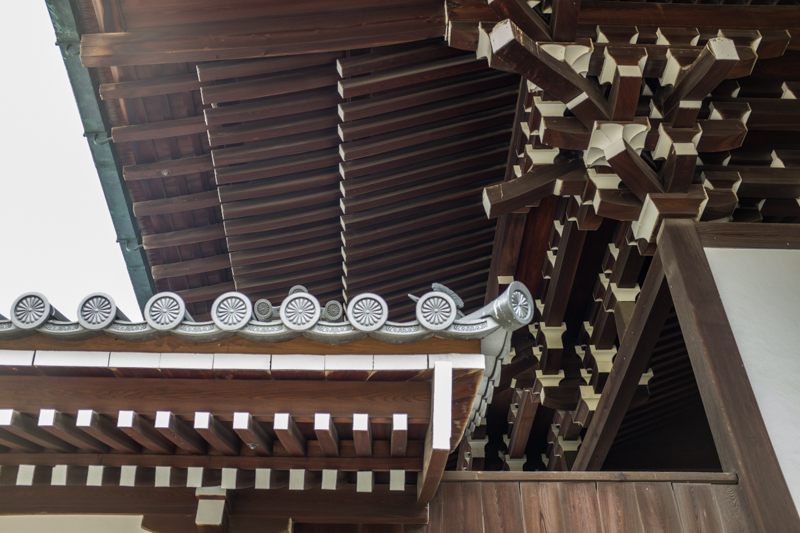
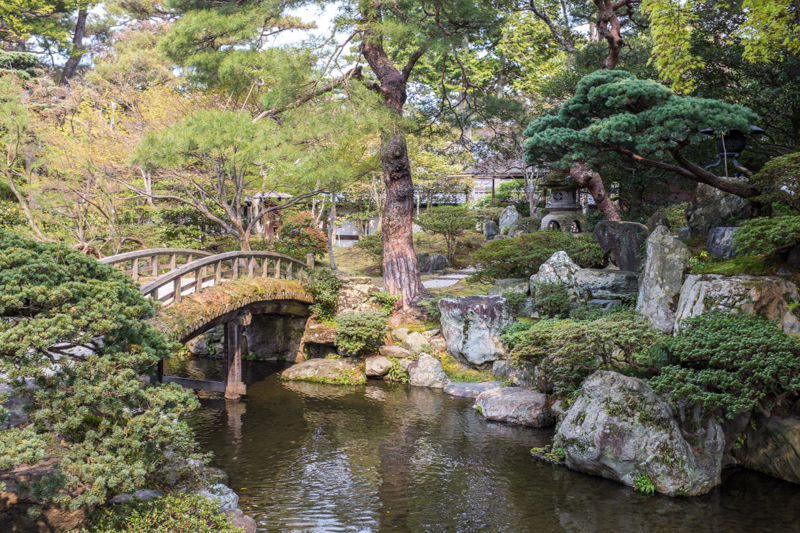
Nijō-jo
Nijō-jo (Nijo Castle) was built in 1626 as the residence of the Tokogawa Shoguns until 1867, when authority was transferred to the Imperial Court, who used the castle as a palace. In 1939 the castle was gifted to the City of Kyoto and opened to the public the following year.
Nijō-jo consists of Ninomaru palace as well as several smaller buildings which were used for a variety of functions. The gardens are also very impressive, especially when the cherry blossoms are blooming in Spring.
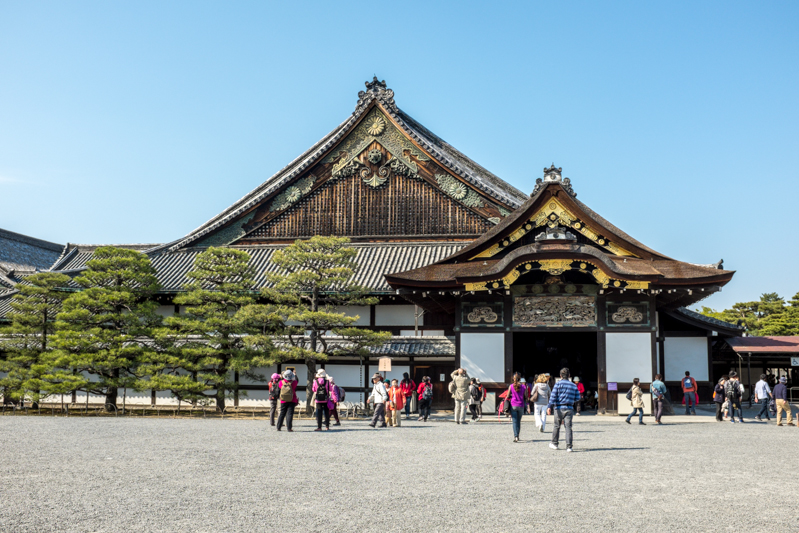
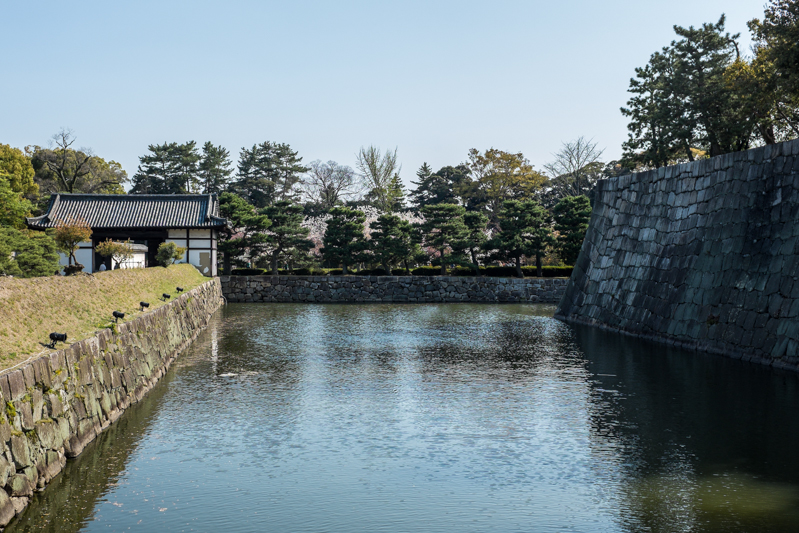
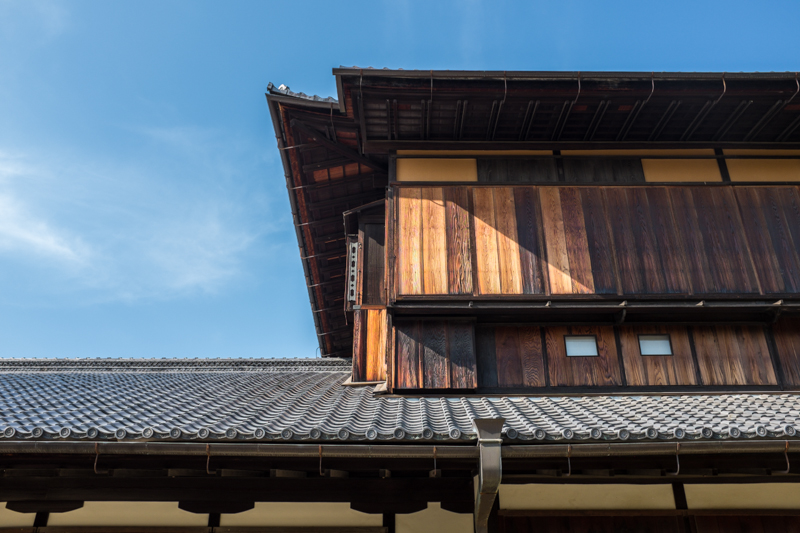
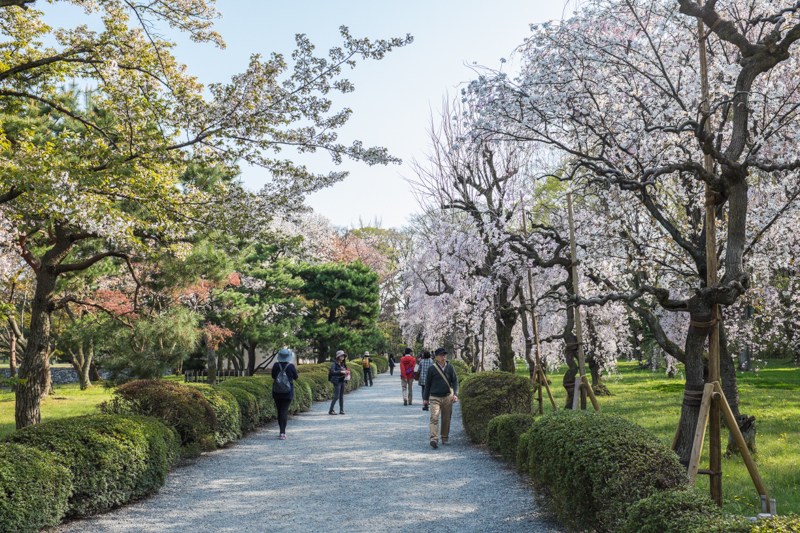
Rokkaku-dō
Rokkaku-dō (Rokkaku Temple) is one of the many smaller temples that can be founded dotted throughout Kyoto. It was established during the Heian period and played a part in the origins of traditional Japanese flower arranging (Ikebana). Rokkaku-dō is located in down town Kyoto, very close to the Nishiki Market.
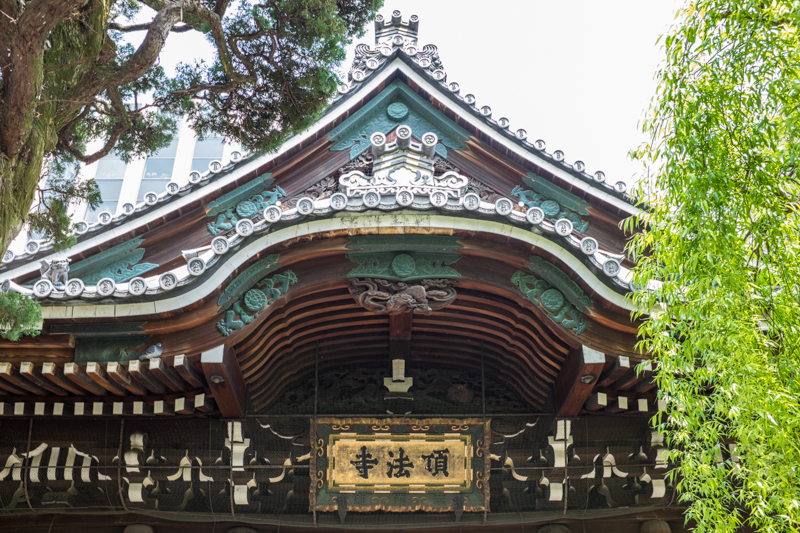
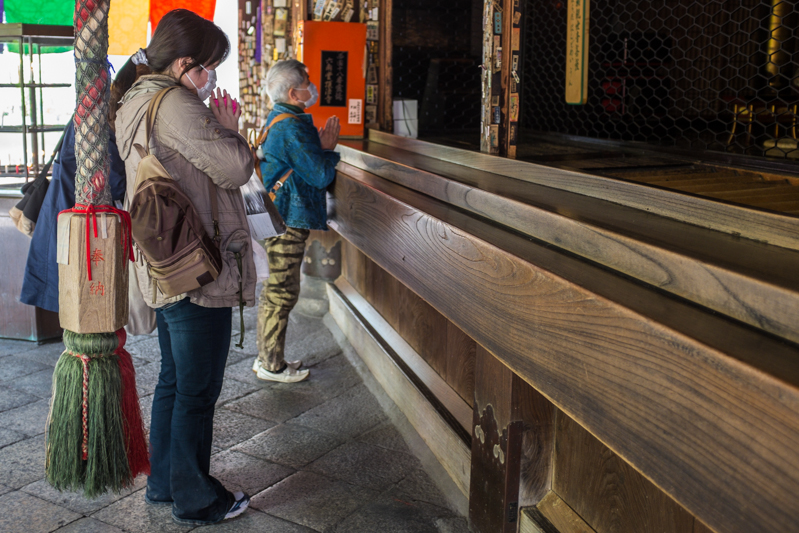
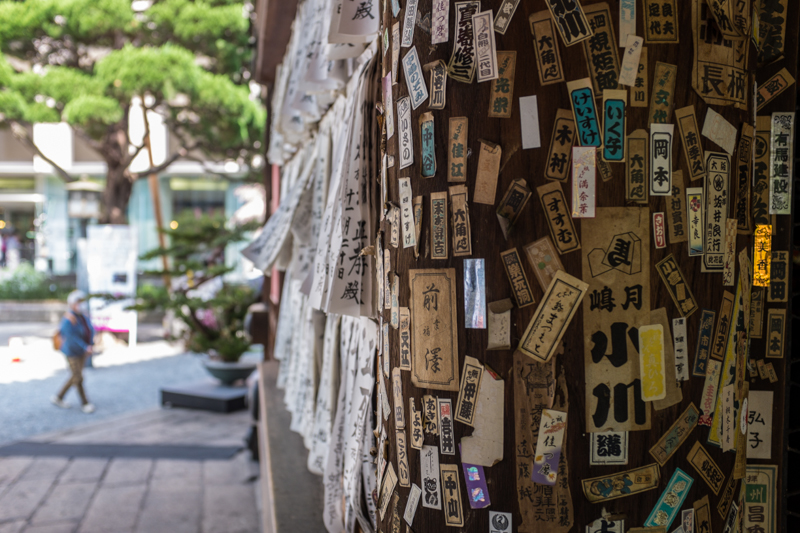
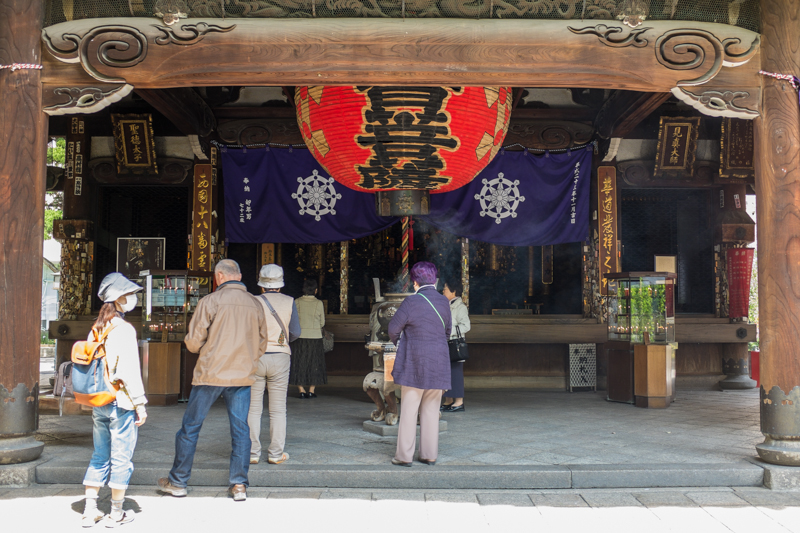
Tōfuku-ji
Tōfuku-ji (Tofuku Temple) is one of the five great Zen temples of Kyoto and was founded in 1236. The original structures were destroyed by fire however were rebuilt in the 15th century as per the original plans.
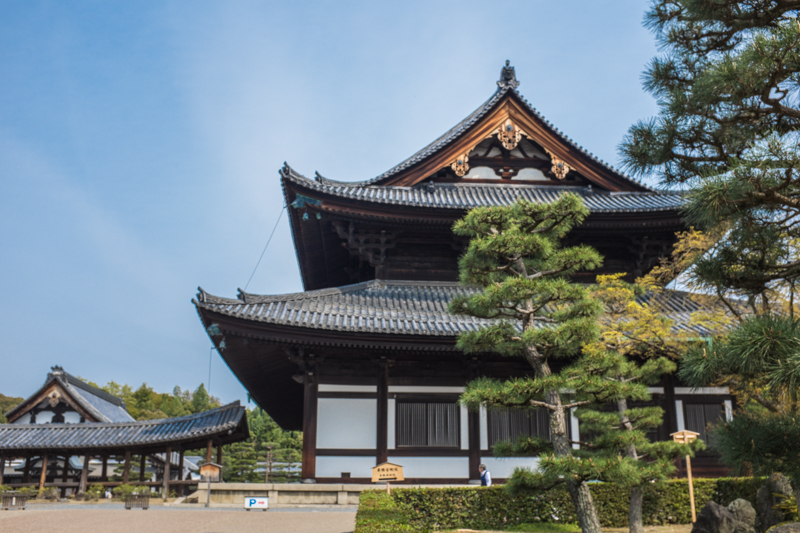
There are several Hojoteien Zen gardens in the temple, with perfectly raked concentric circles being a striking feature.
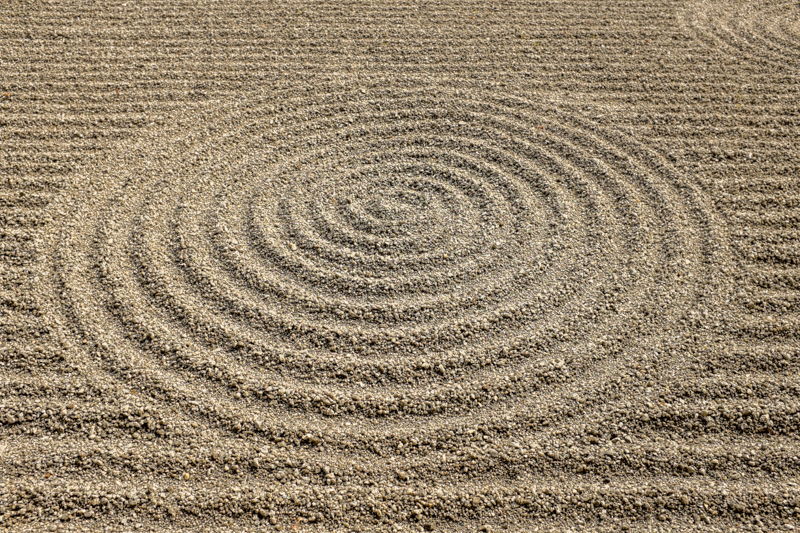
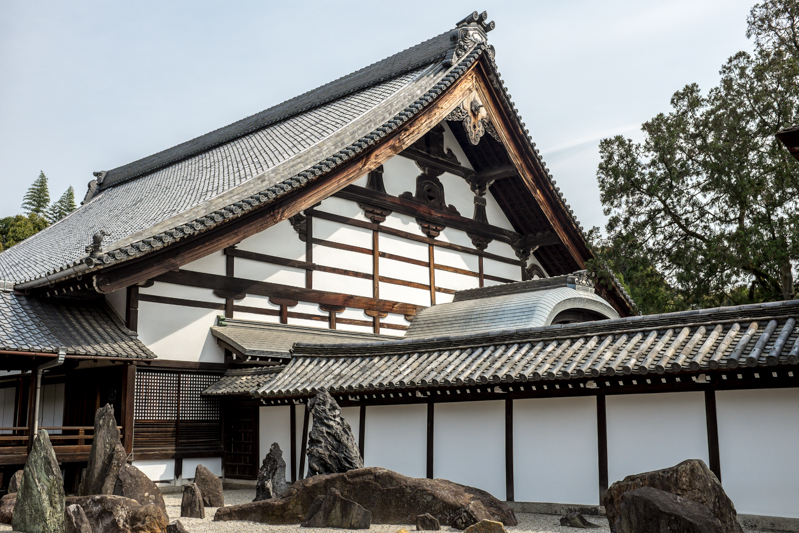
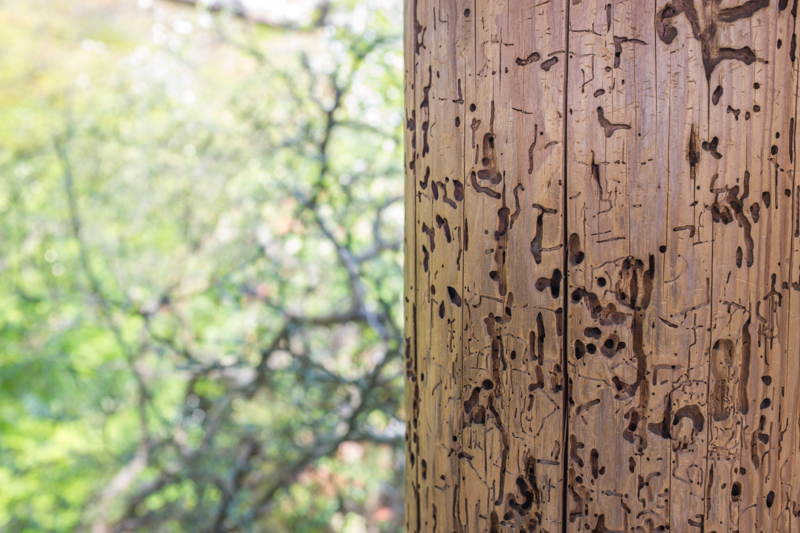
Apart from autumn, when locals flock to Tōfuku-ji to view the striking foilage of the temple’s gardens and surrounds, the area is relatively quiet. This peace really does add an extra element that is often lacking from the more popular temples.
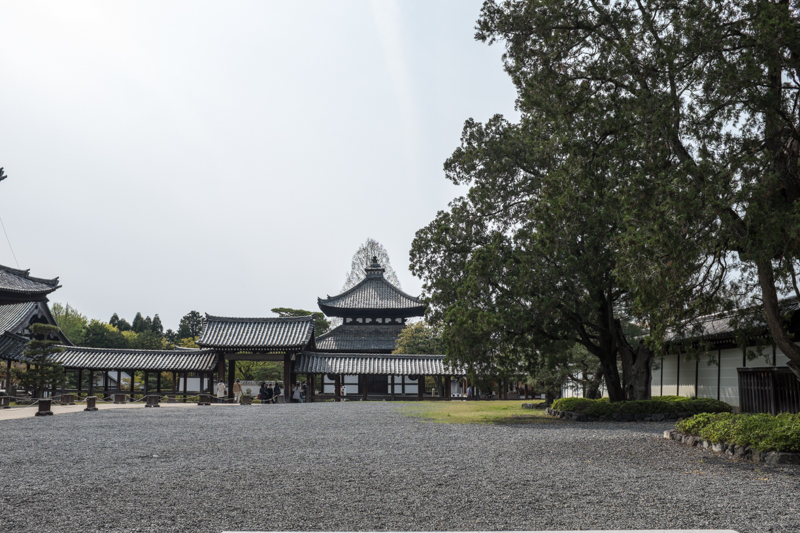
The main gate is massive, and was one of the most impressive structures that I saw in Japan.
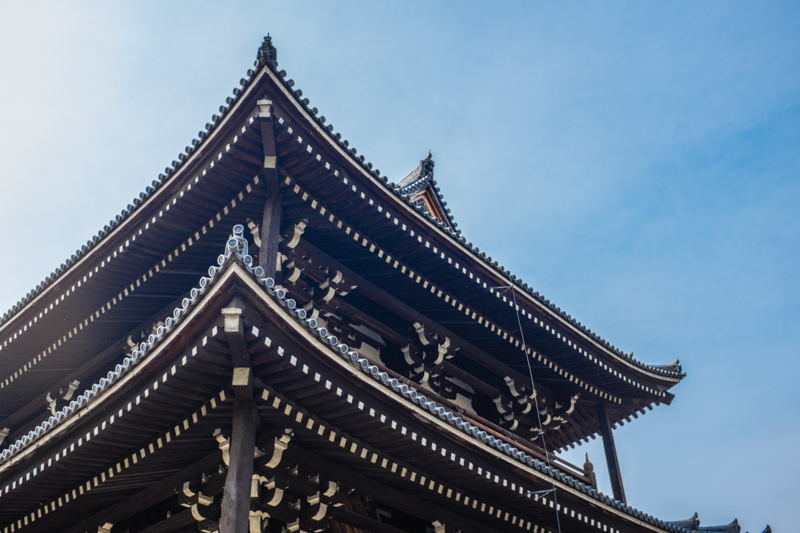
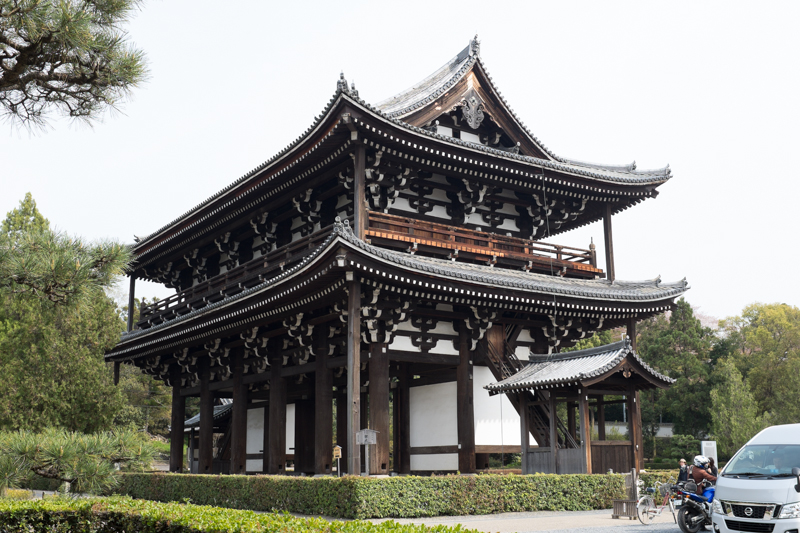
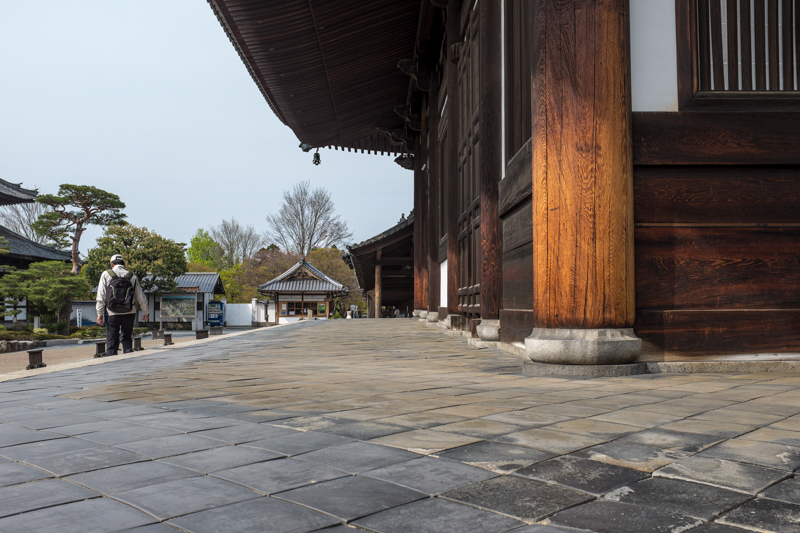
Fushimi Inari-taisha
Fushimi Inari-taisha (Fushimi Inari Shrine) is one of the most popular shrines in Kyoto, in the main because of its striking orange pillars. The earliest structures were built in 711 however the temple was relocated in 816, with the main shrine structure not being built until 1499.
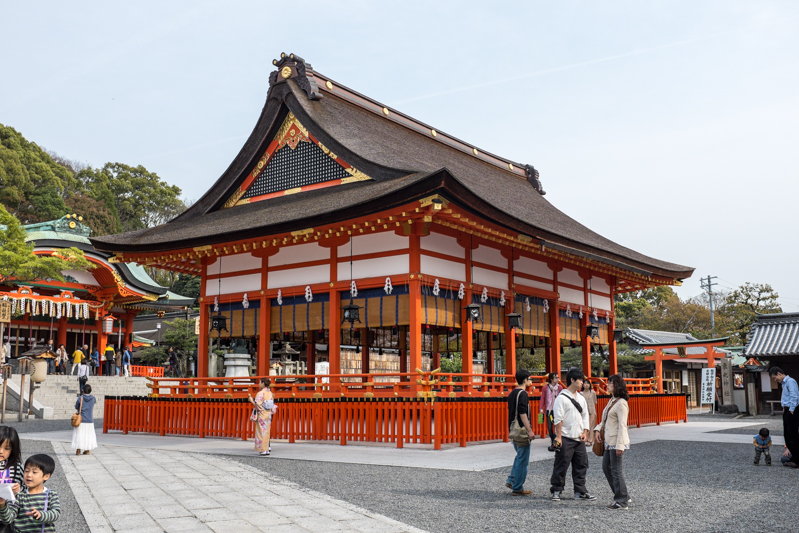
There are several torii paths located at the shrine. Fushimi Inari-taisha is very popular with tourists and it can be frustrating as many walk in the wrong direction through the torii and block the path while posing for photos. My advice is to walk a bit further up the 4 kilometre trail up Inari mountain and explore some of the smaller shrines an torii that line the trail. The vast majority of tourists don’t venture beyond the lower levels and those who do go a bit further up (my wife and I went up about 1 kilometre) are rewarded with solitude, serenity and an amazing view.
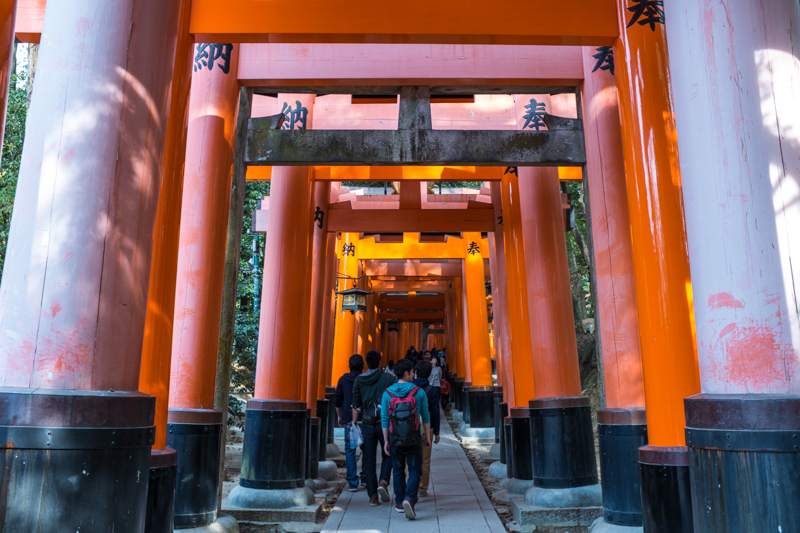
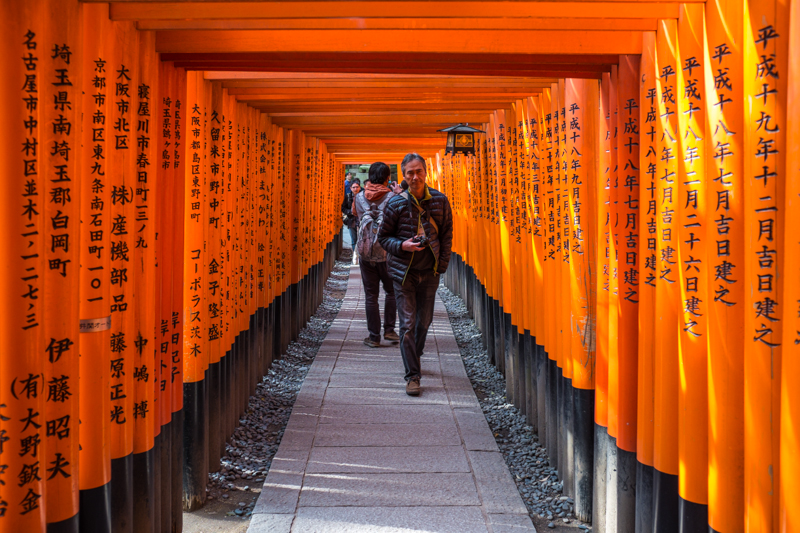
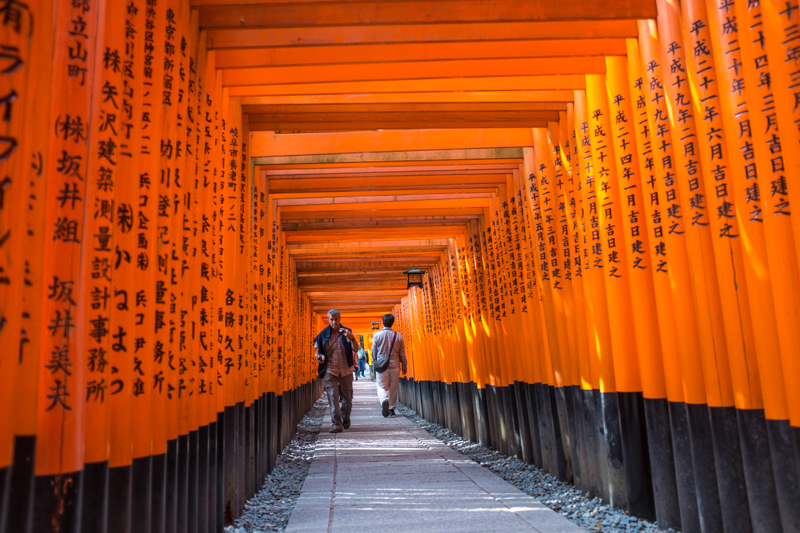
The kitsune (fox) is regarded as a messenger and symbols of it can be found all over the shrine.
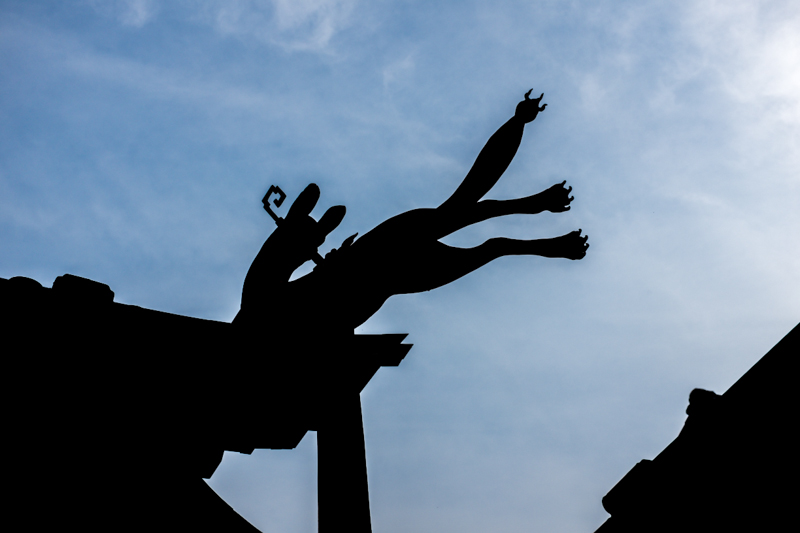
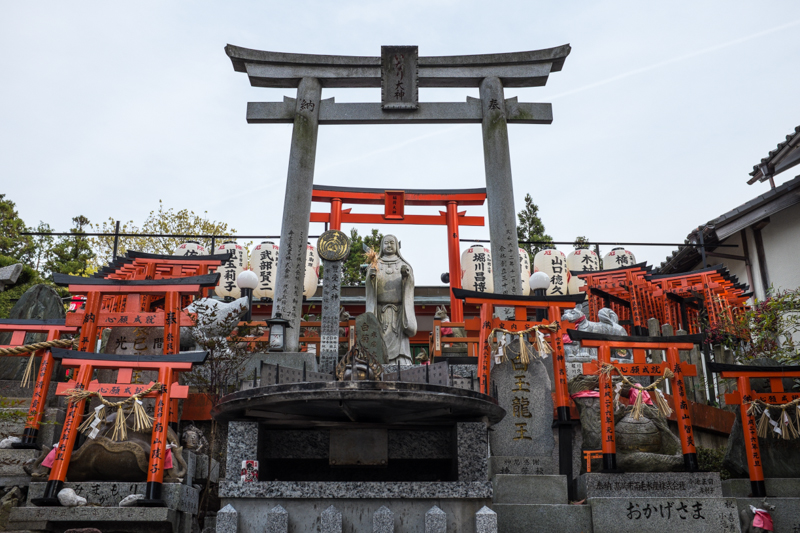
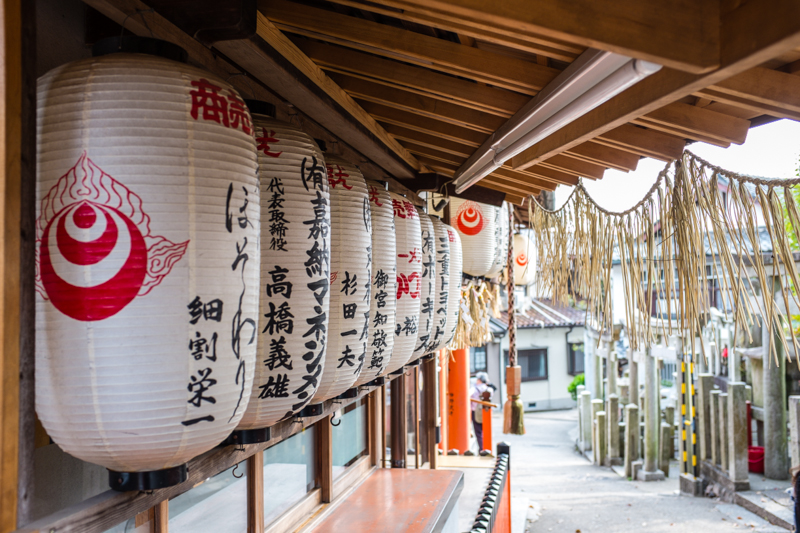
Tō-ji
Tō-ji (East Temple) dates back to 796, in the early Heian period. Its main feature is the 54.8m tall pagoda which dates back to the Edo period and is the tallest wooden tower in Japan. A flea market is held on the ground of Tō-ji on the 21st of each month.
